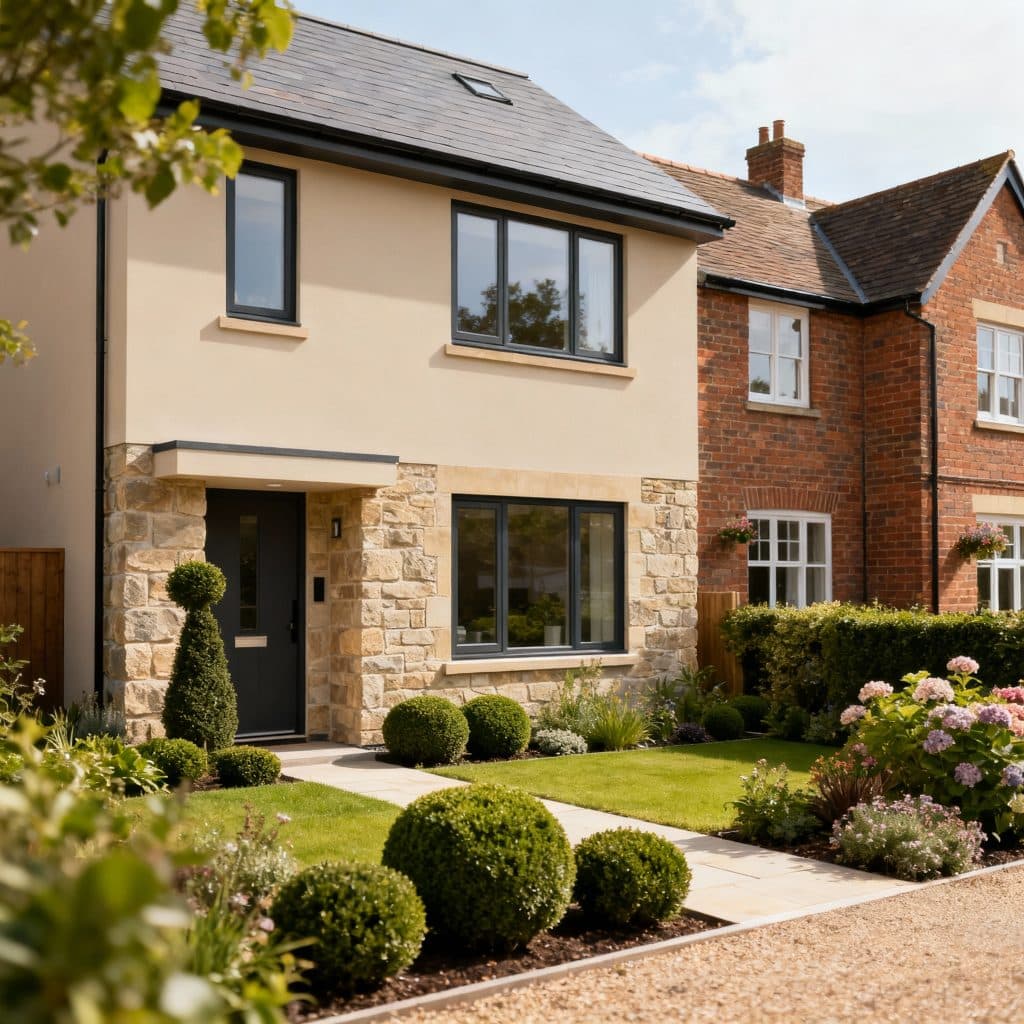Residential architecture is more than just the design of homes—it’s the art of shaping how people live, interact, and experience their surroundings. Across the UK, the field continues to evolve, blending traditional influences with contemporary innovation to create spaces that are both functional and inspiring.

One of the defining characteristics of British residential architecture is its ability to merge history with progress. From Georgian terraces and Victorian villas to sleek modern eco-homes, the UK’s housing landscape reflects centuries of architectural evolution. Many architects now take inspiration from period features—such as sash windows or stone façades—while incorporating modern materials and sustainable design principles.
This balance allows for homes that respect local character while meeting 21st-century standards for comfort and efficiency. If you’re considering a home renovation or new build, working with professionals such as MB Architecture—a multi-award-winning architectural practice based in Woking, Surrey—can help bring your ideas to life with bespoke design tailored to your lifestyle.
Sustainability has become central to residential design. Energy-efficient heating systems, solar panels, and insulated building materials are now standard in many new developments. Regulations also encourage architects to think strategically about energy consumption, water use, and carbon footprint.
Architects increasingly embrace passive house principles, designing homes that maintain comfortable indoor climates with minimal energy use. Features such as natural ventilation, high-performance glazing, and green roofs not only lower bills but contribute to a healthier environment.
Modern residential architecture places greater emphasis on personalisation and mental wellbeing. The design of a home can profoundly influence its occupants’ happiness and productivity. Open-plan layouts, flexible working spaces, and biophilic design—integrating natural elements into the home—are popular approaches that nurture comfort and creativity.
Natural light, connection to outdoor spaces, and thoughtful use of materials all contribute to making homes feel more tranquil and supportive of modern lifestyles.
Technology is reshaping the way homes function. Smart lighting, climate control, and automated security systems are now integral to high-quality residential design. Architects consider these tools not as afterthoughts but as key features that enhance comfort, safety, and efficiency.
This integration of architecture and technology marks a shift from homes being static structures to living environments that adapt to their occupants’ needs.
As the UK faces challenges such as urban density and housing shortages, residential architecture continues to adapt. Architects are exploring modular and prefabricated housing to create affordable, high-quality homes quickly and efficiently. Meanwhile, the growing interest in community-led housing and co-living models is changing how people think about ownership and shared space.
What remains constant is the focus on designing homes that inspire and endure—spaces that are as beautiful as they are practical. With experienced professionals like MB Architecture guiding homeowners from concept to completion, the future of residential design in Britain looks more exciting and sustainable than ever.
Copyright © 2025 Consumer Advisory. All rights reserved.